

Collecteurs announced the launch of Collecteurs Academy on May 11, 2021, with an influential and respected roster of instructors, including Performa founder RoseLee Goldberg; art collector and founder of Rialto6 Armando Cabral; conceptual artist Hank Willis Thomas; art historian and critic Isabelle Graw; conceptual artist Tino Sehgal; curator, critic, historian and the artistic director of Serpentine Gallery Hans Ulrich Obrist; visual artist Kathryn Andrews; Professor of Curating at Goldsmiths, University of London Andrew Renton; curator, art critic and Artistic Director of the 53rd Venice Biennale Daniel Birnbaum; European Head of Private Sales, Sotheby’s Isabelle Paagman; owner of 56 Henry Gallery Ellie Rines; conceptual artist Kris Martin; founder of Esther Schipper Gallery Esther Schipper; collector and philanthropist Jack Kirkland; artist, founding member of Slanguage Mario Ybarra, Jr; artistic director for the non-profit art space Pivô Fernanda Brenner; visual artist, writer, and founding member of experimental rock band Sonic Youth Kim Gordon; one of today’s leading Central American artists Federico Herrero; artist and writer Walead Beshty; art writer, curator and dealer Kenny Schachter; curator, writer and educator Adam Carr; art collective ; artist ; artist, curator and educator Carla Zaccagnini; art dealer and gallerist Carl Kostyál; curator of the Russian Pavilion at the 59th Venice Biennale ; Artistic Director of the 59th Venice Biennale Cecilia Alemani and many more notable art world figures.

Divided into four themes—Collecting, Art Making, Art Market, and Art History—Collecteurs Academy’s online courses are taught by instructors who are all high-profile figures in their respective fields. Designed for artists, collectors, curators, art lovers, and everyone in between, participants in Collecteurs Academy will emerge with a firm grasp of the A to Zs of collecting, concepts of creativity and art-making, skills for maneuvering in the art market, and principles of art history toward appreciating art in galleries and museums.


As art collecting and the creation of digital art are on everyone’s minds due to the rise of NFTs, Collecteurs builds on its mission as a public-benefit corporation (PBC) by creating the ideal environment for both artists and collectors to learn about the inner workings of the art world.

This is your opportunity to take part in the typically off-limits art world through our small class sizes and one-on-one mentorship sessions. We offer new live courses every week with a star-studded roster of instructors.
Enroll Now in Collecteurs Academy
What sets Collecteurs Academy apart from other online learning platforms is its focus on intimate learning, which is made possible through live online courses with a limited number of participants. Courses conclude with a Q&A session in which attendees can ask any questions they might have, right at the moment. Participants seeking even more personalized guidance may also book One-on-One Mentorship Sessions separately with their favorite instructors.
Book a One-on-One Mentorship Session
Registration in Collecteurs Academy is open to the public, while members of Collecteurs’ Museum Circles receive complimentary access to live and recorded courses, as well as priority access to book One-on-One Mentorship Sessions.
Members of Collecteurs’ Leading Museum Circle get access to one complimentary Recorded Collecteurs Academy Course per month.
Our Established Museum Circle members get access to one complimentary Collecteurs Academy Live Course per month as well as priority access to book one-on-one mentorship sessions with our instructors.
================
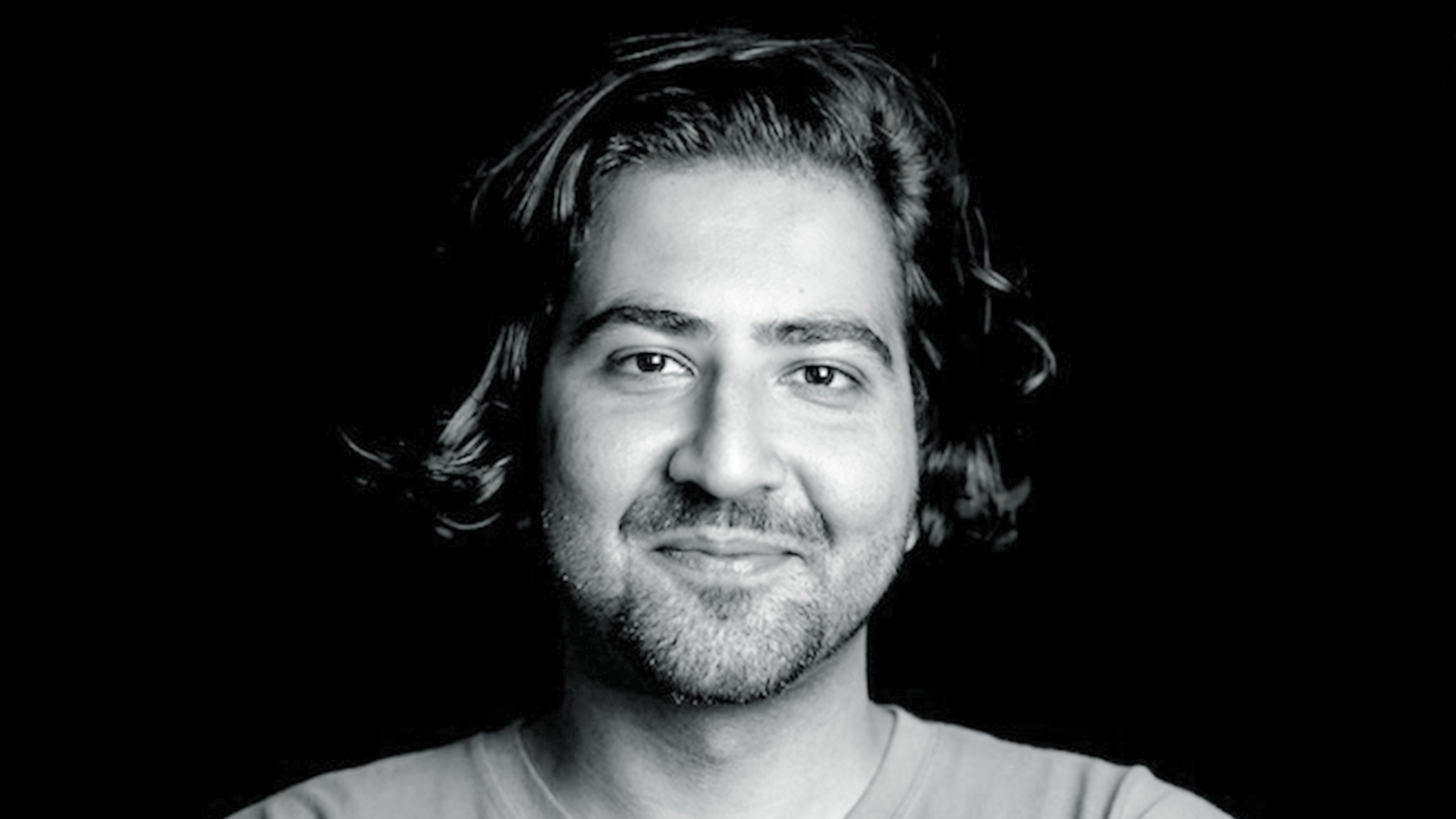
As the art world is eaten alive by digital tokens, who are the winners and losers in this Brave New Non-Fungible World? How should we navigate the present deluge of hype and orgiastic overconsumption? Whilst the artworld accelerates towards myriad horizons of possible futures, how do we reconcile unpleasant histories and inconvenient truths glossed over in the midst of a digital gold rush? Cryptographic art objects have set in motion a seismic shift in the semantics of ownership, function, and transaction between incumbent and emergent stakeholders alike. Digital utopias, founded in the ruins of our planet. We can surely imagine it so. But is this new world is actually fairer than the old? Wassim Z. Alsindi, the host and creative director of the 0x Salon, will take us through the Futures of Art History and provide answers to these questions and more.



As the Artistic Director for its 59th installment, curator Cecilia Alemani will speak about the process of organizing the most prestigious art exhibition in the world: The Venice Biennale. Alemani will talk about how she developed a theme for the exhibition, how the so-called “Time Capsules” built a foundation for her show, how she selected the artists, worked with the participants on new commissions, the installation, and where she sees her highly political exhibition stand in the context of other large-scale art events, from museum blockbusters to art fairs.
An Act of Defiance
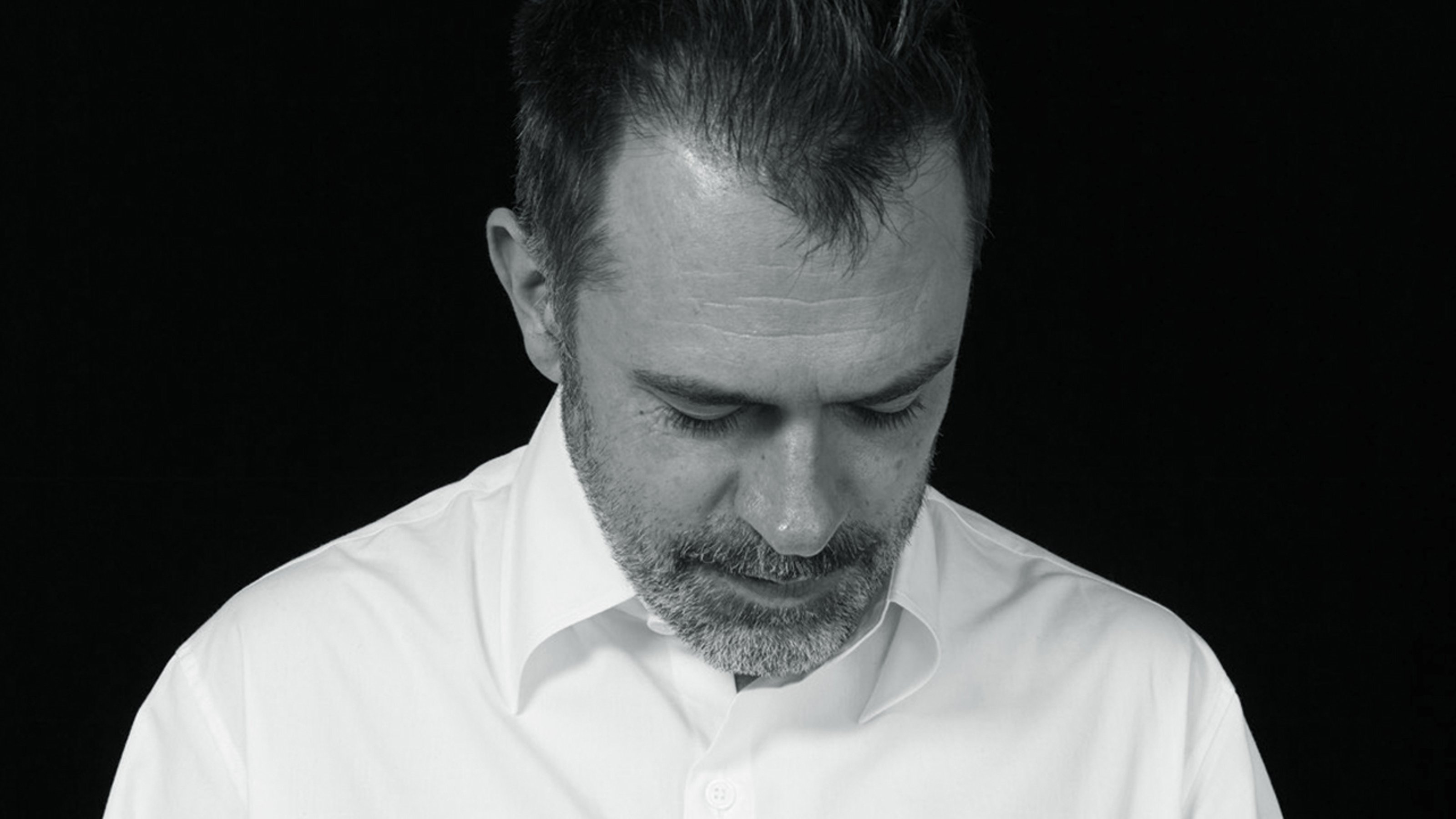
In February 2022, after several months of work with the artists Alexandra Sukhareva and Kirill Svachenkov, Raimundas Malasauskas resigned as the Curator of the Russian Pavilion at the 59th Venice Biennale in protest against Russia’s attacks on Ukraine. Watch the exclusive session where Malasauskas describes the circumstances of his resignation and outlines the original project for the pavilion.

Coming from a long lineage of art dealers, collectors, and art historians, Carl Kostyál is one of the most dynamic tastemakers in the art market today. In his presentation, Kostyál talks about his unique journey in the art world, how to create a market for artists, how to spot talent and share his experience of working with private collectors and museums. He also discusses what skills he believes a successful art dealer needs and about his personal vision for the art market’s future.
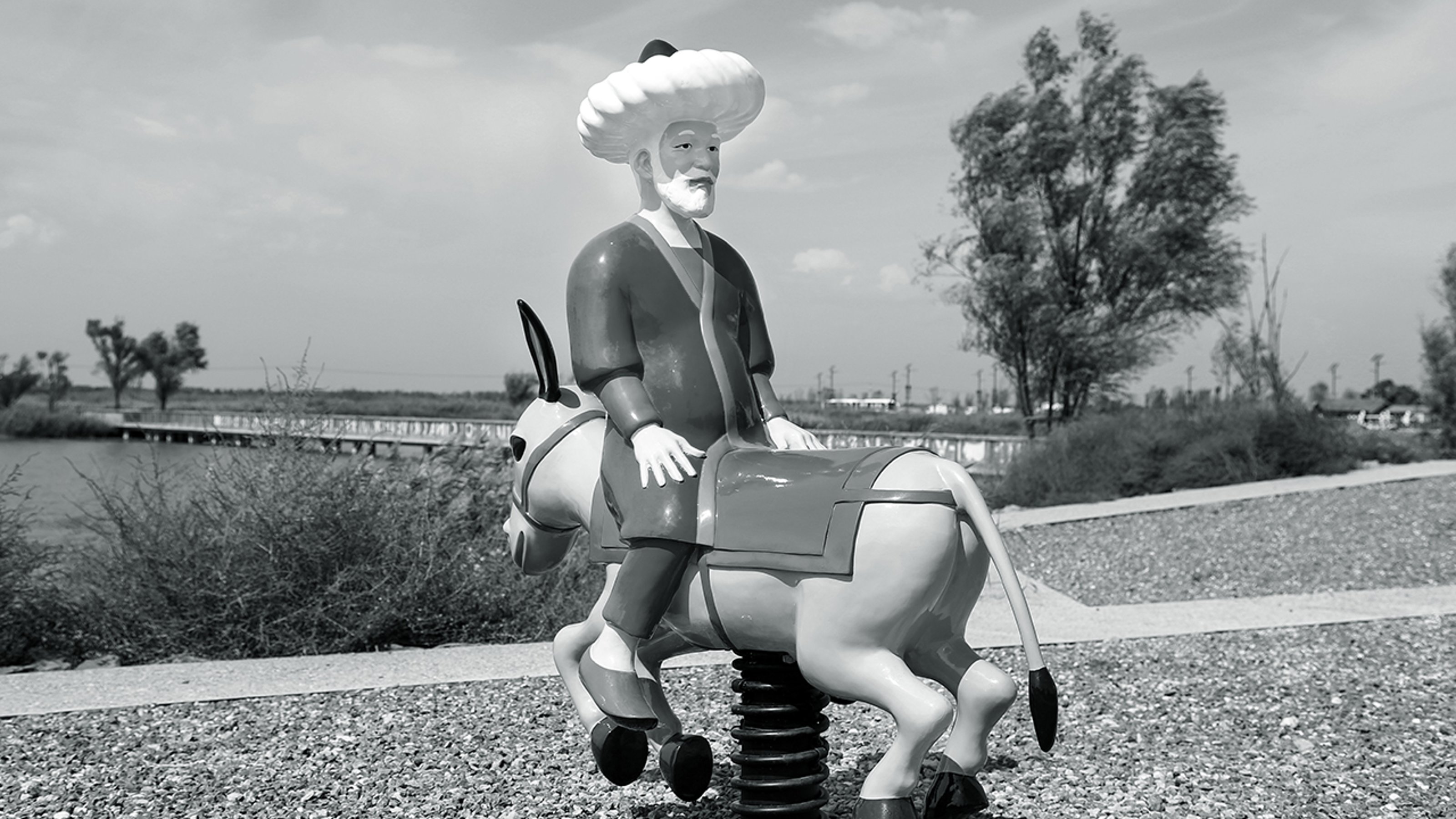
Over the past two decades, research has played an increasingly present role in the production and exhibition of contemporary art. Given the open-ended remit of art, artists are called upon to provide new insight into often overlooked or intractable issues in ways often implausible for scholars, activists, journalists, and others. Slavs and Tatars have shown a keen grasp of polemical issues in society, clearing new paths for contemporary discourse via a wholly idiosyncratic form of knowledge production: including popular culture, spiritual and esoteric traditions, oral histories, modern myths, as well as scholarly research. The course The Artist as Wise Fool examines various strategies of knowing and un-knowing, of wisdom and idiocy, which are crucial to creating relevant works in an age where information and its dark matter–disinformation–occupy equal spaces in the public imagination.

Pioneering curator Hans Ulrich Obrist speaks about the development of his work over the last three decades, with his unique approach to curating. While Obrist’s first exhibition, “The Kitchen Show” (1991)—organized in the kitchen of his student apartment—contemplated the ordinary living space as a place of wonder; his later curatorial works would weave unusual elements of life into art, as in the case of Laboratorium (1999), merging art and science and “Cities on the Move” (1997-1999), a traveling exhibition that took on globalization. Obrist discusses his current work as artistic director of the Serpentine Galleries, his recent book of conversations with Edouard Glissant called Archipelago published by Isolarii, as well as the way Glissant has inspired his practice over the years.

In this course, conceptual artist and one of the founders of For Freedoms, Hank Willis Thomas, talks about some of his most important artworks and his career milestones. Thomas maps out political and historical relationships between consumer culture, sports, objects, art movements, the American slave trade, and colonialism. Claiming that “what happens in the artist studio is both scientific and mystical,” Thomas lets the audience peek behind the curtain into his fascinating and impactful artistic practice.

The subject of NFTs has held a tight grip on many conversations in the art world and beyond since its unexpected boom in 2020. With enthusiasts and skeptics clashing on this new phenomenon, we invite Kenny Schachter—writer, curator, art dealer, and self-proclaimed NFT expert—to tackle the subject in detail. Schachter has been selling his own NFT works and has curated the most extensive NFT exhibition this year, titled NFTism: No Fear in Trying. In this course, Schachter will look at how NFTs changed the art world and advise how you can join the NFT market.

With experimentation and criticality being the key principles of her creative process, Kim Gordon has never limited herself to one area of cultural production. Gordon first presented her works under the name “Design Office” in 1981. The exhibitions took place primarily in friends’ apartments as an alternative to traditional gallery spaces and aimed at undermining entrenched customs of art and design. With Sonic Youth, she has created experimental music exploring American culture’s decay and the tension between subcultures and the mainstream. In this course, Gordon examines her career, her artistic inspirations, and how creativity presents itself in many artistic disciplines.
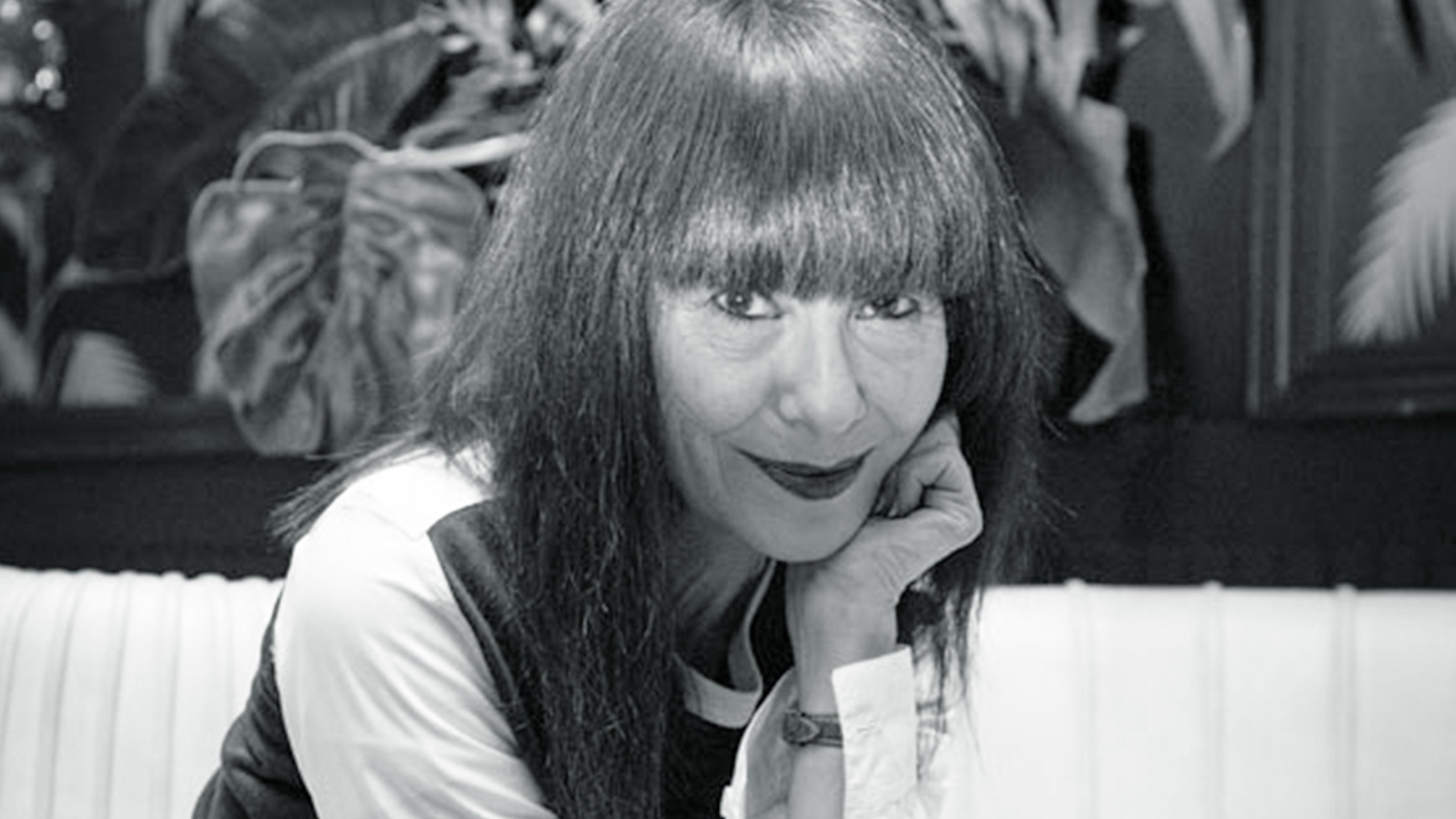
In this course, renowned art historian, author, critic, and curator RoseLee Goldberg investigates the present to explore the past. Guided by the tenet that a deep and profound understanding of the present is our window into the past, she tackles some of the different social, political, and aesthetic shifts that have occurred over the decades, as well as the role of art-world decision makers and artists in this process.

London-born and Berlin-based artist Tino Sehgal is best known for his “situations,” which are artworks that rely on interplays between the visitors and those enacting the work. Adopting elements from the worlds of choreography, economy, politics, and art, Sehgal’s pieces entail different forms of participation, which change according to the unique experience of each visitor. In this live presentation, the artist shares some of the influences behind his distinctive creative approach, giving the audience a peek into his practice which favors repeatability and temporality over physicality and permanence.

Could today’s immersive technologies, such as virtual reality (VR) and augmented reality (AR), change and expand the ways we experience art? As digital artworks have regularly been included in exhibitions in a way that obeys old institutional structures, could one instead imagine immersive experiences distributed across geographies in novel ways? In this course, one of the most celebrated curators and art critics of his generation, Daniel Birnbaum looks at influential art and technology conversations ranging from 20th-century investigations such as the legendary Experiments in Art and Technology to contemporary artistic VR practices.

Art historian Isabelle Graw presents her theory of art’s specific value while pointing to current developments—such as the global pandemic or protest movements like Black Lives Matter and #MeToo—that have an impact on the generation of value. Artworks are considered as commodities of a special kind, their specific value-form shown to result from an interplay between artistic production and aesthetic reception.

In this course, artist Federico Herrero expands upon his career and his inspirations in creating artworks. Herrero’s intuition in the earliest choices of his career led him to drop out of art school in New York to come back to San Jose, where he found himself in the middle of changes within Costa Rica’s art scene. Herrero also talks about his idea of an artist’s studio, the intersection of nature and urban structures in his work, and about Despacio, an artists’ run space that he founded in San Jose.
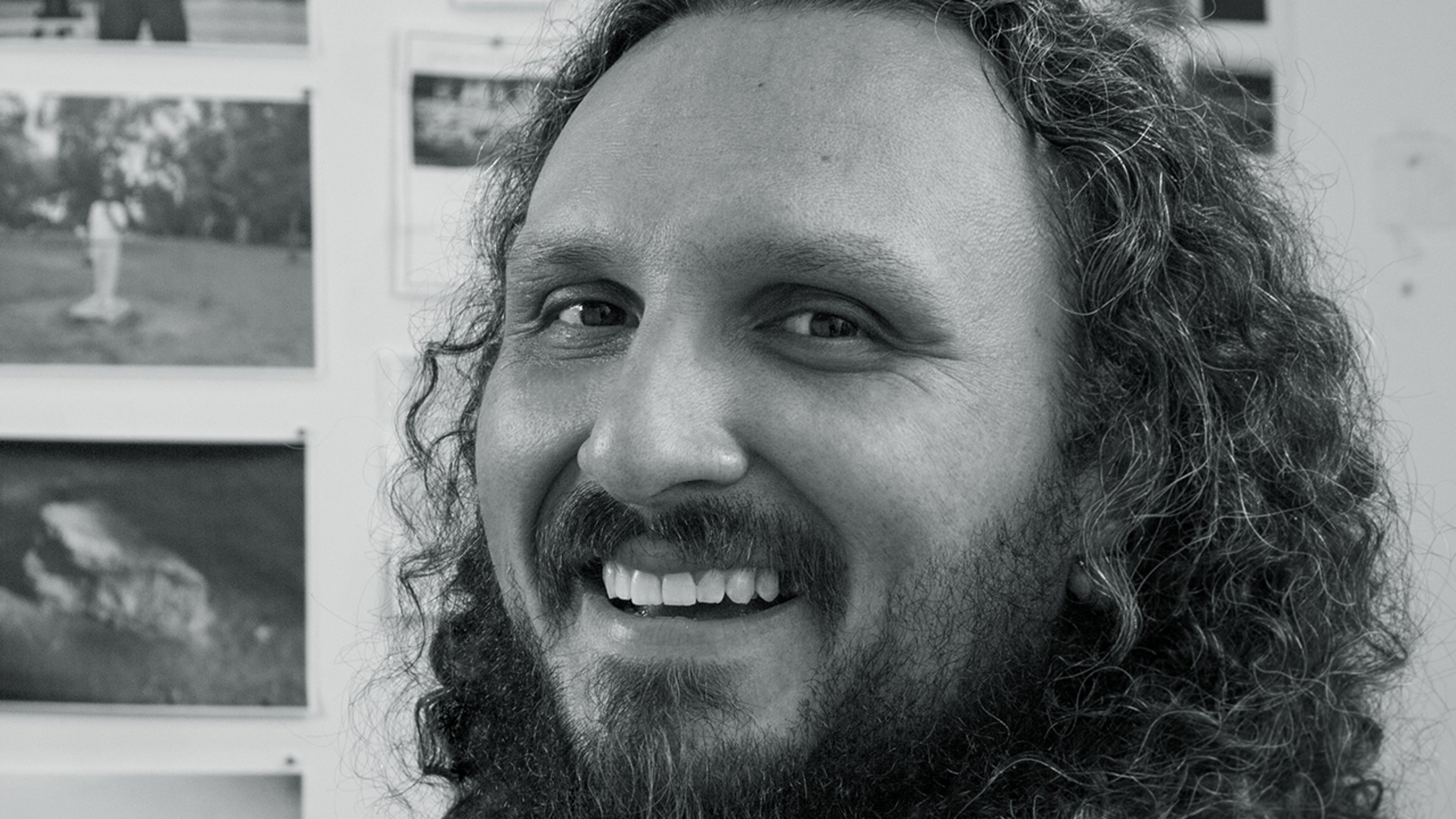
Nearly 20 years ago, Mario Ybarra, Jr., his wife Karla Diaz, and friend Juan Capistan, rented an old bakery store front in Los Angeles as their personal studio space post grad school. They called it Slanguage Studio and over the years it morphed into an artist-run space and de facto art school that became what The New York Times called an “ever more important” type of exhibition space. Their three-pronged approach includes education, community-building, and interactive exhibitions. Join Ybarra, Jr. in this live course where he shares the history of Slanguage Studio, as well as how they got started and began working with artists, while taking a dive deep into DIY art spaces and ways to approach it when starting your own.

Since 2004, Claire Fontaine has worked to redefine the exhibition space as a context for a discrete, reparative examination of the currents of contemporary life. Their work speaks both to the moment and to histories, written and erased. In Claire Fontaine Works, the interdisciplinary artist will take participants into their collaborative working process and explore the major exhibitions that they have produced over two decades. Claire Fontaine is known for works that are encompassing, intellectually sophisticated, politically charged, and stylistically diverse. With a robust range of discursive engagements, particularly with feminist theory, Claire Fontaine will explore the questions that have driven their artistic practice as it has evolved.
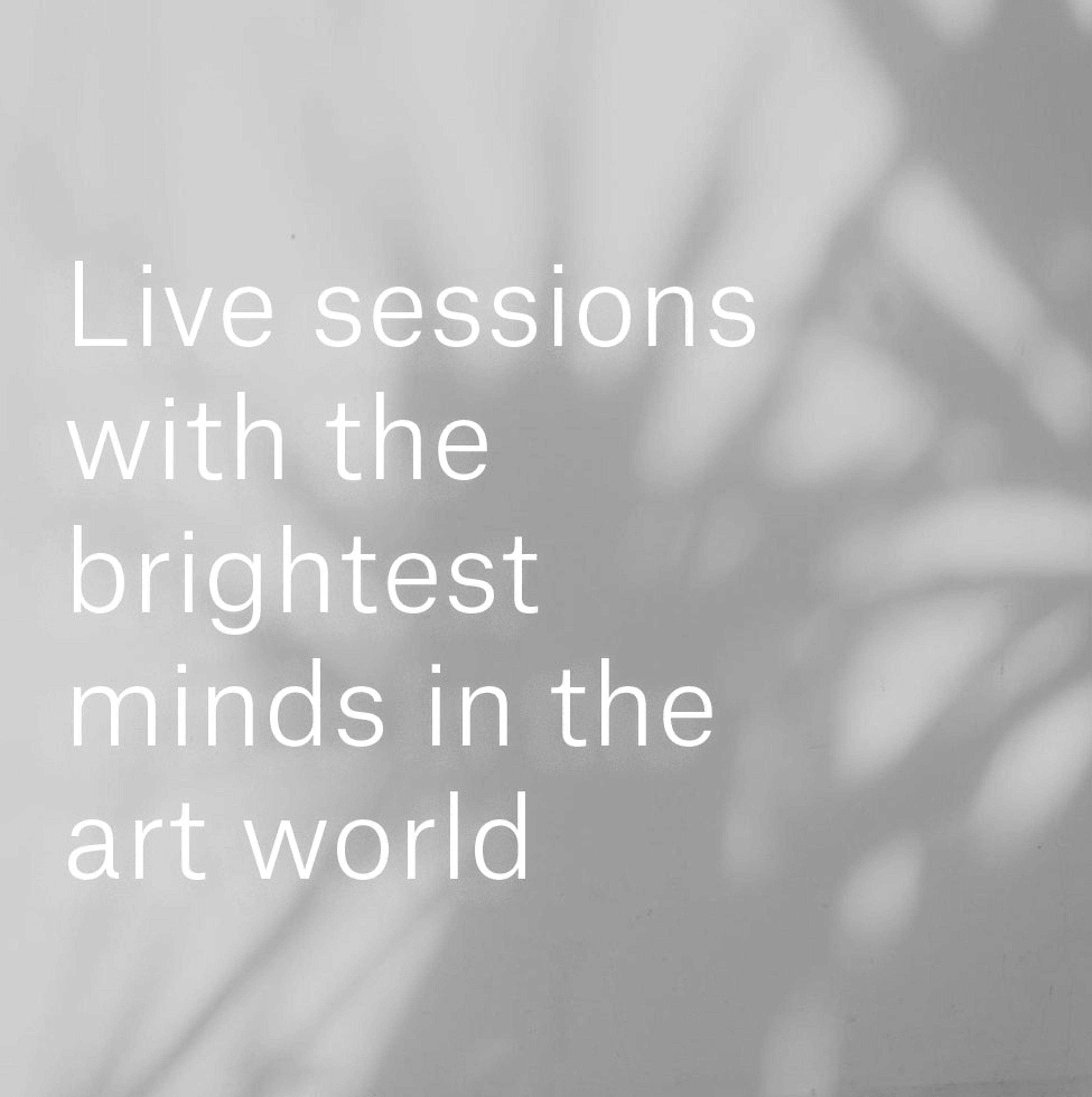

What is curating? What does an exhibition maker exactly do? In this course, the influential curator and writer Adam Carr introduces key ideas and methodologies of contemporary exhibition-making, focusing on non-institutional models of curating. Carr offers a brief introduction to the history of curatorial practice and the recent developments in the triangular conversation between artists, curators and the public that make exhibitions a dynamic platform for contemporary thought. Carr also discusses various paths that can lead to a successful career as a curator and point at what he believes the future of exhibition practice to be.

Fernanda Brenner, founder and artistic director of Pivô—an autonomous art space operating in central São Paulo for almost ten years—departs from her personal experience to tell the story of autonomous institutions; from the first steps in creating Pivô’s inner structure and work methodology, to how they managed to remain flexible and open throughout the years. The talk addresses Pivô’s program, the many collaborators involved in its making, and its institutional thinking from a curatorial and executive perspective, and expands on the complexity of Latin America’s many artistic scenes and agents.

Jack Kirkland shares his own journey as an art collector—from frenetic early enthusiasm to a more strategic path—as well as discussing the importance of forming relations with museums, dealers, artists, and other art insiders, the concepts of trading vs. collecting, and the future of the art world.

In this course, the artist Kris Martin takes participants on a journey through his artistic practice. He often begins his explorations by following the concept of the so-called readymade, an ordinary manufactured object that is re-contextualized or altered. He infuses these found objects with new meaning through displacement and modification. Martin questions the role of the artist and the art object in contemporary society. His often romantic and witty artworks are poetic meditations on the transitory nature of life.

Veteran gallerist Esther Schipper’s presentation offers a brief history of the European art market from the ’80s to the present day. Using her gallery as a case study, Schipper explores shifting trends in collecting as well as the gallery’s role in discovering and supporting artists, holding exhibitions, and presenting at art fairs. The course concludes with a look at the new initiatives and technologies meant to carry Esther Schipper Gallery into the future.

In this course, sokoloff + associates’ founding partner Ana Sokoloff discusses the role of the art advisor in today’s changing market, exploring topics such as the qualifications of an art advisory and code of ethics, dealer vs. advisor, art market trends and the economy of taste, as well as museums and art fairs. Here is your chance to learn the ins and outs of art advisory, from the scope of advisory services to relationship structures, contracts, fiduciary obligations, and of course a great deal of Sokoloff’s personal best advice on the subject.
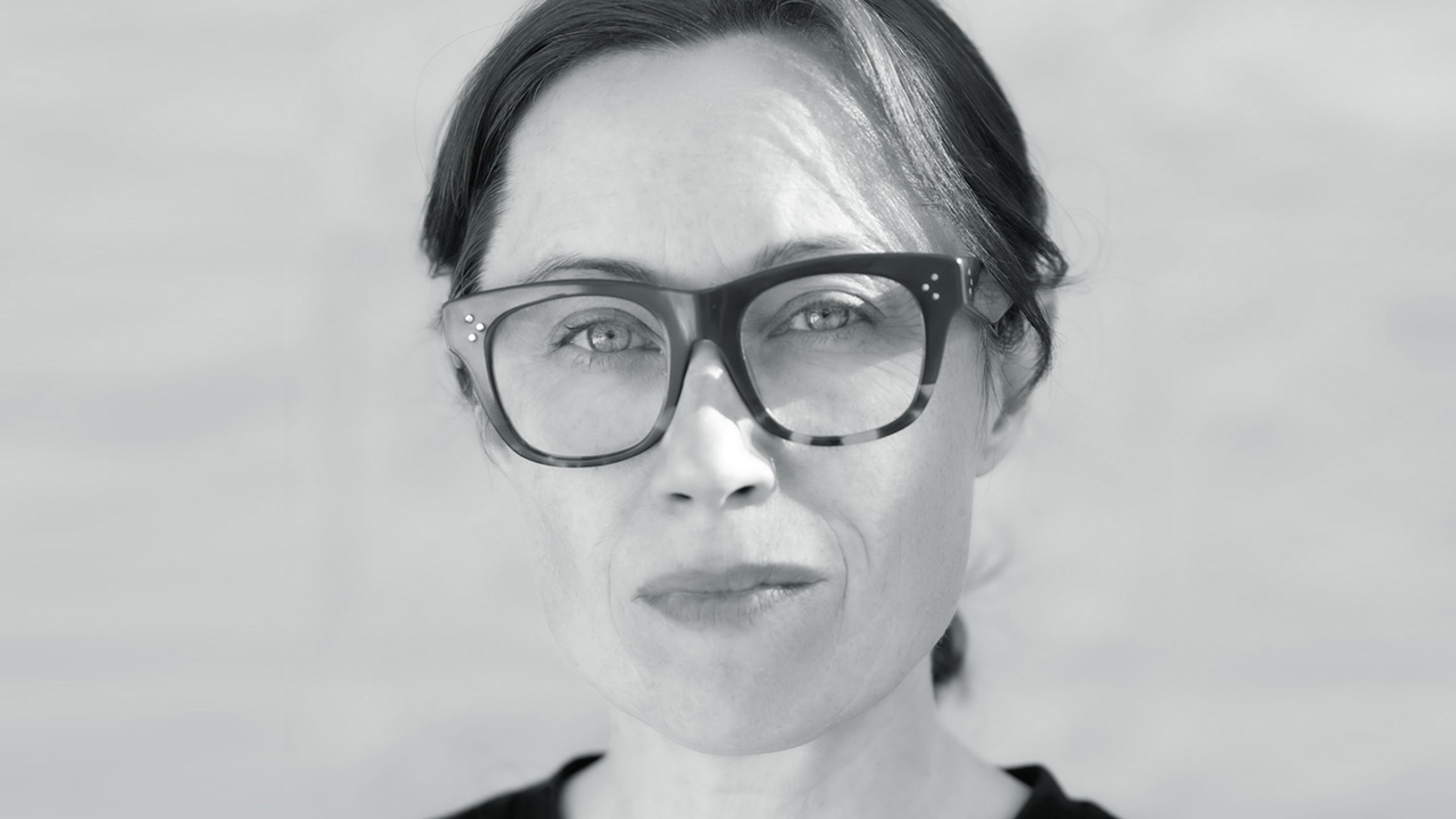
In this course, conceptual artist Kathryn Andrews examines the 20th-century phenomenon of the rise of the artist as both cult figure and branded commodity, while exploring how recognition impacts the very act of looking. Systematically citing a history of artists who have resisted commodification, Andrews argues for creative strategies that elude the market’s definitions, in pursuit of more complex ways of seeing.

Andrew Renton’s talk addresses conditions of collecting which have a direct impact on both the status and the very nature of a work of art. He explores the history of collecting which supports or produces economic value, as well as how collections are a reflection of a history of evolving values which, at an institutional level, are undergoing radical rethinking. In addition, Renton focuses on collecting as a pro-active practice that produces significant events of cultural impact. In his view, today’s expanded field of collecting might even affect the physical and conceptual attributes of an object, and the context which defines the work through its being collected.

In this course, European Head of Private Sales at Sotheby’s Isabelle Paagman sets a general overview of the secondary landscape and the public market. She dives into what happens behind the scenes of an auction both before and after the event. Paagman also covers the recent changes on the auction front, including the prevailing buyer and “taste” of today and what we can expect from auction houses in the future.
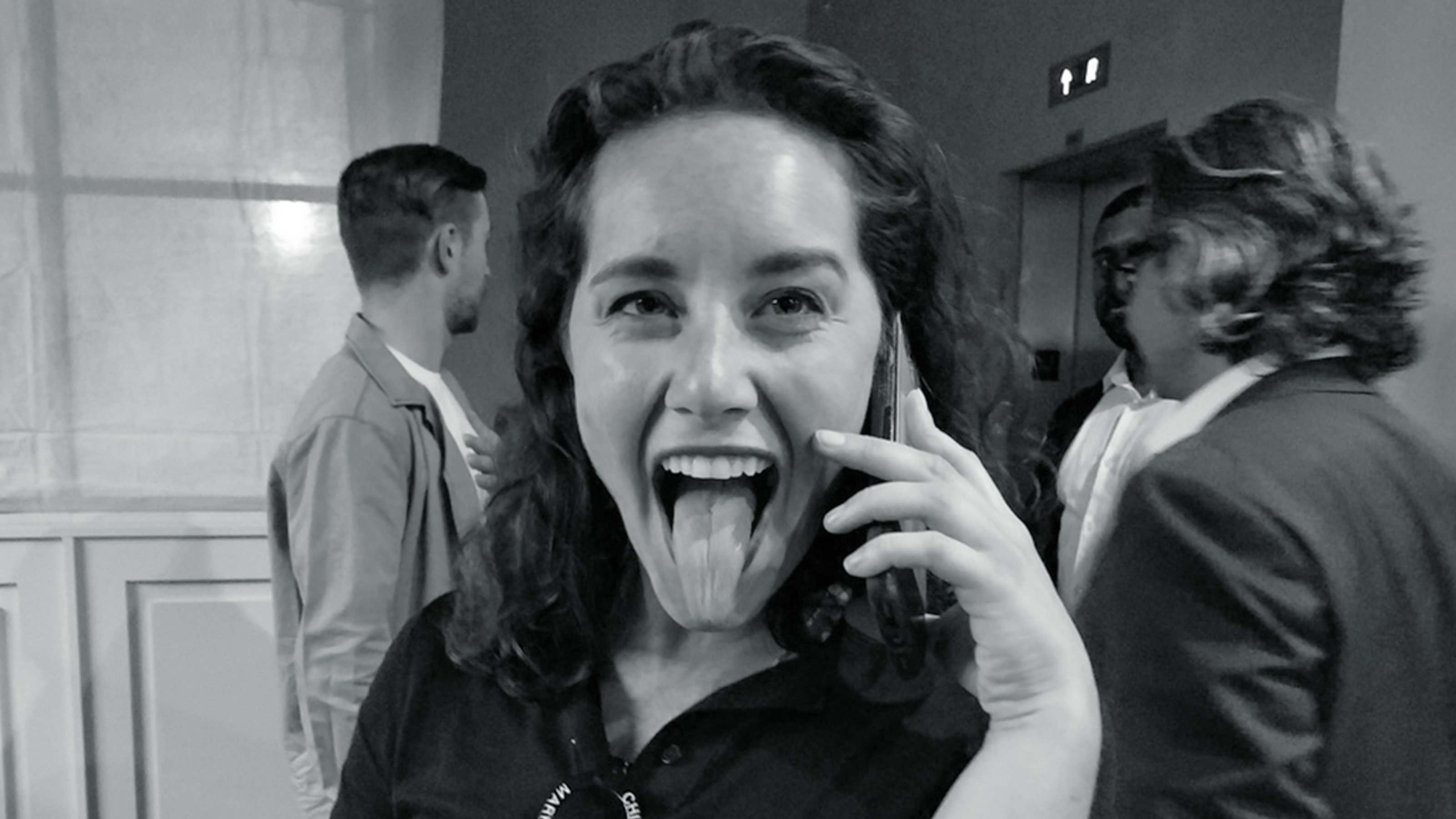
Gallery owner Ellie Rines guides individuals who have considered collecting art but haven’t known where to start, focusing on the very first steps to entering the art market—how to find gallery programs to follow, which MFA programs matter, and how to introduce yourself as a new client—as well as sharing candid details from the art world and discussing how to recognize talent.
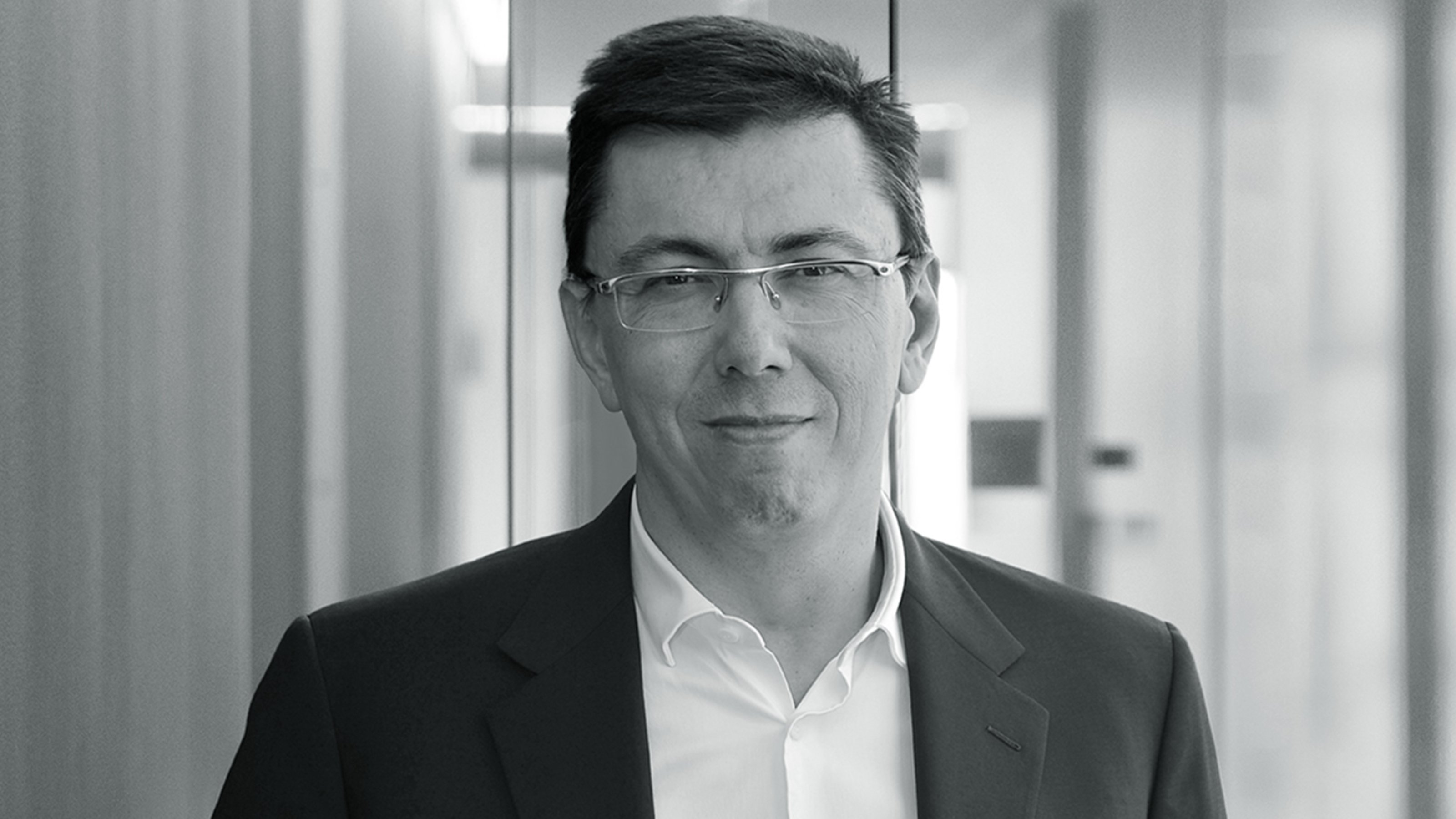
Expert art collector Armando Cabral explores a range of topics such as the motivations that shape different types of collectors, where to start when building a collection, ethical collecting, and more.

Can you play tricks on a museum? In Messing with Museums, art world polymath Carla Zaccagnini illustrates her practice as an artist, curator, writer and teacher through her critical interventions in museums, art schools, exhibitions and art magazines that playfully expose the structures within these institutions. With her unique perspective on both sides with her art making and exhibition making experience, Zaccagnini delves into the interplay between these two roles and also reveals important details on institutional collecting methods, their information strategies and financial support systems that enable them to construct and retain value.

Constance Tenvik wants to welcome you into her world. To show you what she makes and what she draws inspiration from. From a reenactment of a medieval tournament in the 19th century, which became “Soft Armour”, to staging herself in each part of Tristan and Isolde, that turned into “Gesamtkunst With Myself.” With one foot on the earth and one in the sky, join Constance Tenvik as she navigates the boundaries between reality and fantasy.
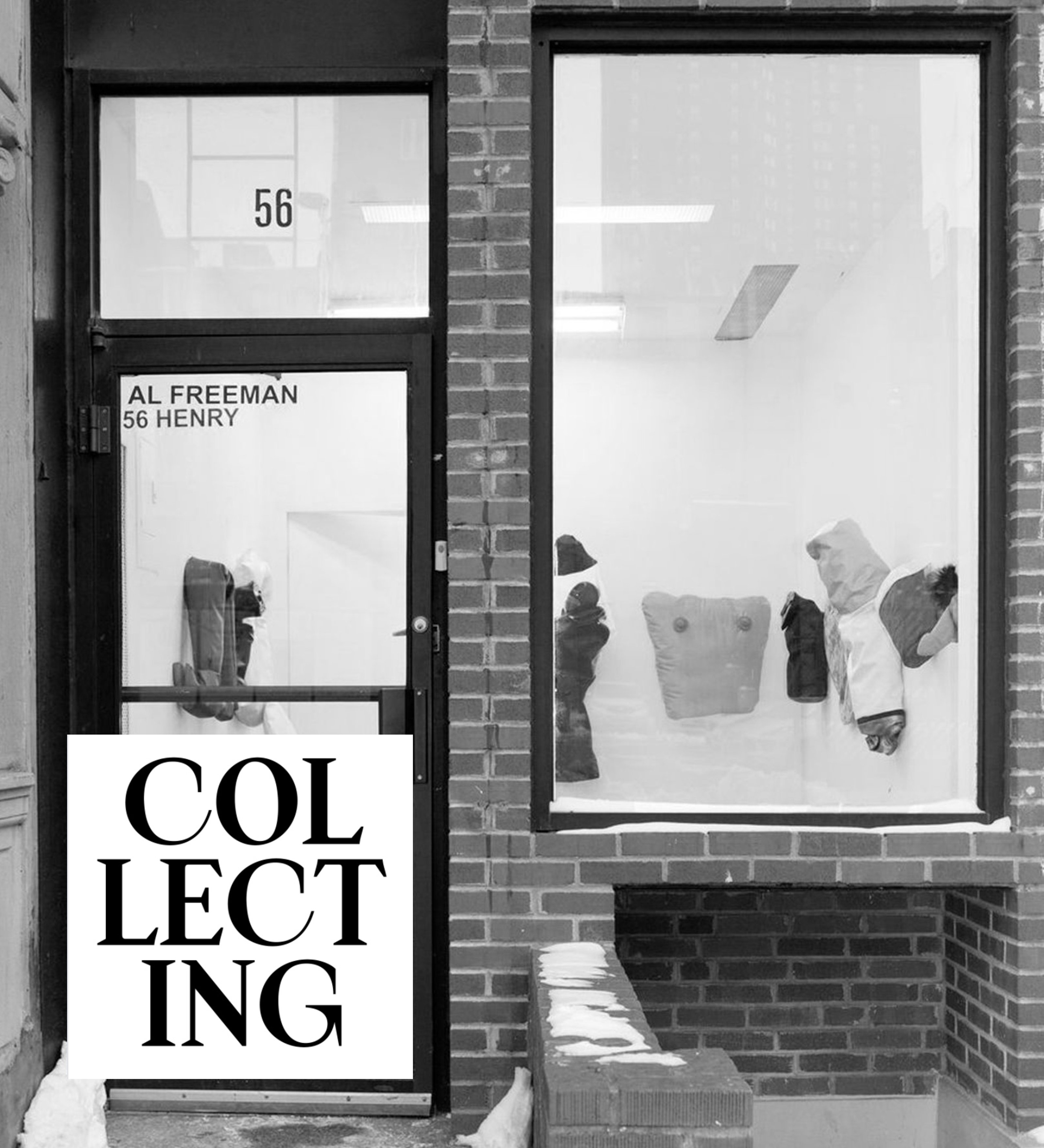

If you’ve been looking for the opportunity to enter into the world of collecting, we have some advice from Ellie Rines, who is the owner of 56 Henry, an art gallery in New York’s Chinatown. 56 Henry, through the vision of Ellie Rines, has managed to showcase emerging artists who become art world favorites. In her course, Where to Start Looking for Talent for Collecteurs Academy, Rines outlines how to spot the perfect starting point for your collection, and also offers some insider information for collectors to improve their relationship with galleries.


In his course All Action Is Political, American conceptual artist Hank Willis Thomas outlines how art can effectively engage with political history and function as a means for political activism. We put together some of the most significant information from his Collecteurs Academy course to examine the role of the media spectacle within his most celebrated works.

Artwork: (Right) Hank Willis Thomas / I Am A Man, 2009 Liquitex on Canvas 55 1/2 x 228 x 2 1/4 inches. Image credit to The Baltimore Museum of Art.
(Left)For Freedoms/ “Make America Great Again”, a billboard is installed in Pearl, Mississippi in 2016. Image credit to Wyatt Gallery.
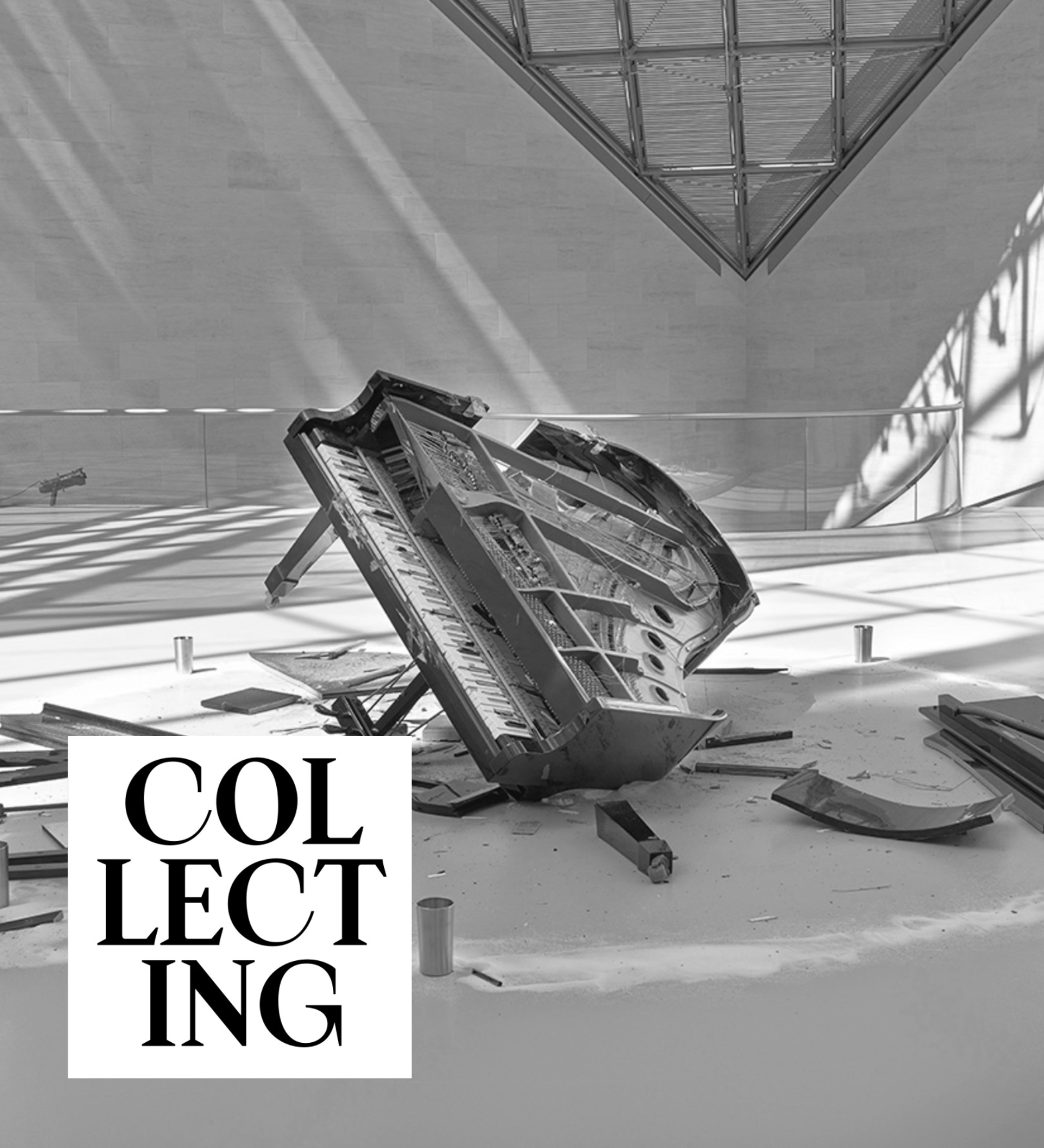

In his course, Collecting as Practice – What Makes a Work of Art Work for Collecteurs Academy, writer and curator Andrew Renton made the remark “There’s an inevitability to an artwork being collected” when he mentioned the artist Gustav Metzger, the inventor of auto-destructive art who resisted the commercialization of his art from the beginning. Isn’t this ironic? We put together some of the most iconic artworks that involve destruction and invite you to think with us on what impact does the gesture of destroying have on artworks as collectibles?

Artwork: (Right)Gustav Metzger/the first public demonstration of Auto-Destructive art on the South Bank in London in 1960. Image credit to Keystone/Getty Images.
(Left)Raphael Montañez Ortiz/ Piano Destruction Concert Dance Number One, 1966. Image credit to Remi Villagggi/ Mudam Luxembourg.
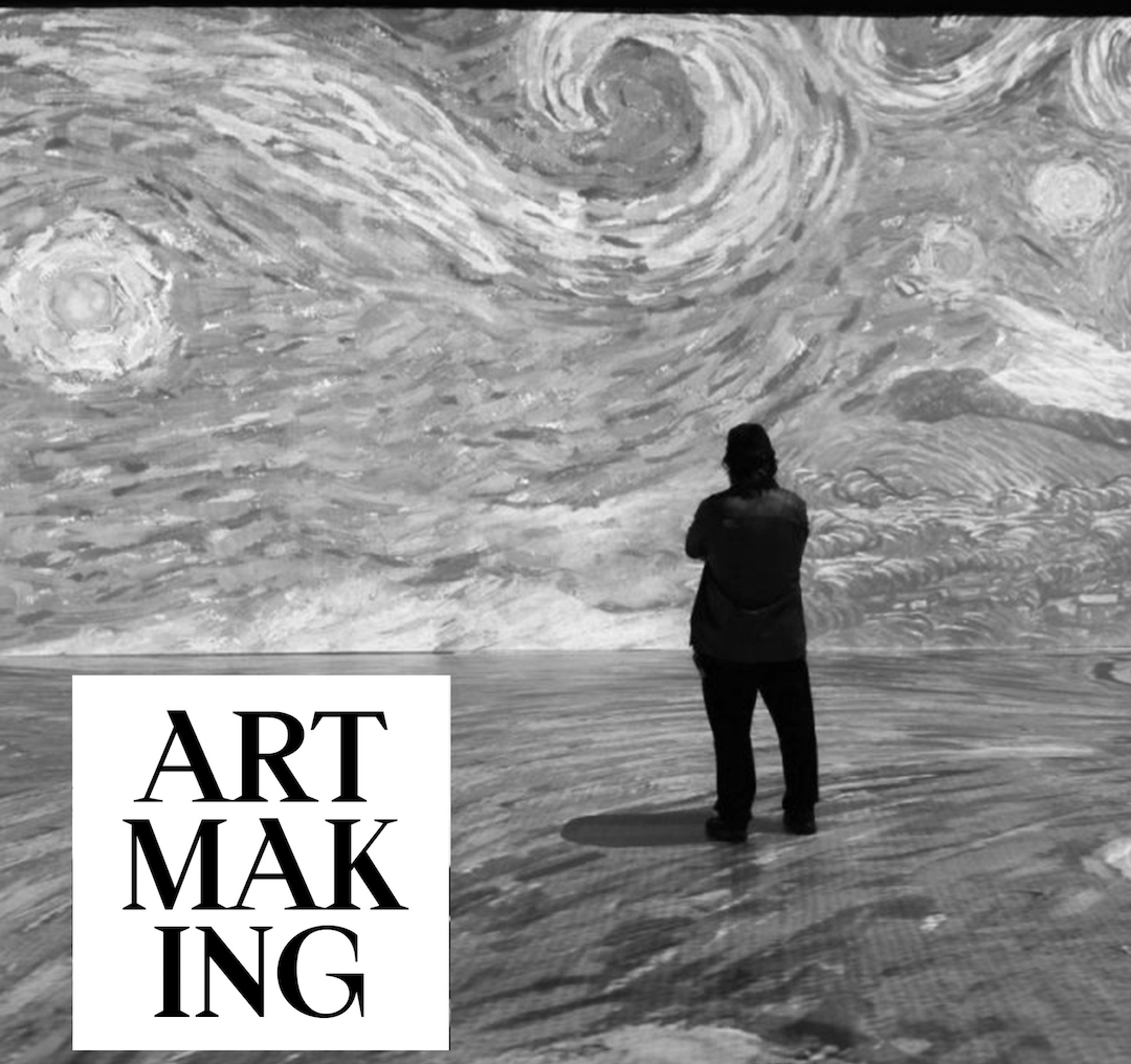

In her course for Collecteurs Academy, The Death of Looking – Artist as Brand, conceptual artist Kathryn Andrews began by examining this phenomenon – the most popular artworks of all time are also the least visible. How so? We invite you to take a deep dive with us into how the over-circulation and misappropriation of these iconic works in art history impact the very act of looking at them. If you are curious about what will happen when a similar process of iconification happens to artists rather than a painting, Kathryn Andrews’s course will be the perfect place to go next.
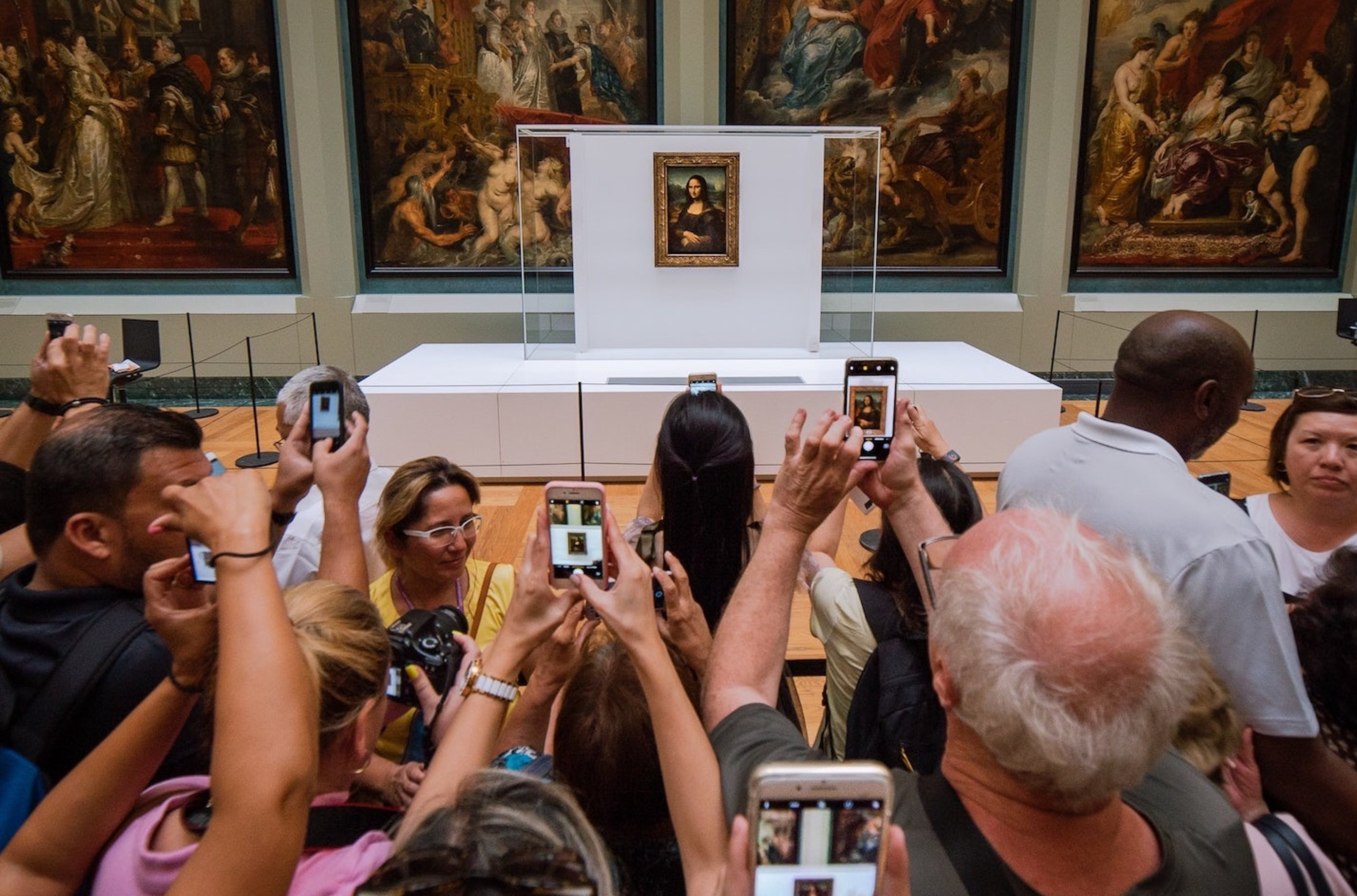


In his class Curating the Virtua__l for Collecteurs Academy, Daniel Birnbaum, the director of Acute Art–the leading producer in the AR art scene–shares his vision on the present and the future of AR art. Right before you delve into this unique and sought-after view of the current AR art scene from a real insider, we present to you 5 reasons why Augmented Reality art is worth your attention and 3 things to keep you grounded.



The Isabel and Agustín Coppel Collection (CIAC), is one of Mexico’s most notable collections of contemporary art. In her course An Oasis in the City: Coppel Collection for Collecteurs Academy, Magnolia de La Garza, the director of the Isabel and Agustín Coppel Collection, recounts an unfiltered journey of the collection, from starting in a small town in Mexico to establishing itself in the western-centered art world, constantly battling stereotypes while holding on to its public-benefiting mission. Before you dive into the course, we invite you to a little synopsis of this amazing behind-the-scenes story.
